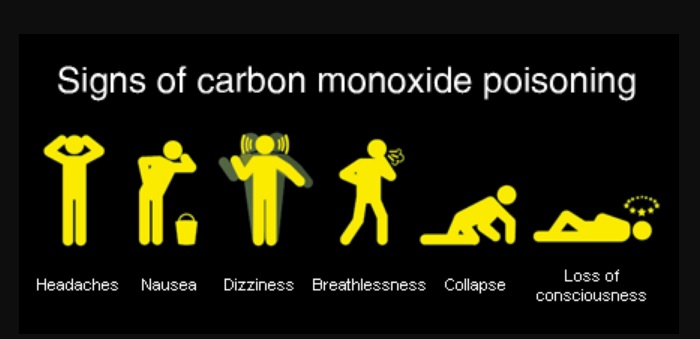Six stevedore workers were transported to hospital, after suffering carbon monoxide poisoning while onboard a vessel at Napier Port, New Zealand, Monday night.
The incident involved staff from stevedoring company ISO, who are employed by log exporter, Ernslaw One. In an official statement, the port said:
We can confirm that at approximately 8 pm last night, an incident occurred on log vessel, Nord Yilan, berthed at Napier Port.
The cause of the incident is yet to be officially announced. According to local media reports, there was a problem with a turbo unit that resulted in accumulated fumes poisoning the workers who were in the ship’s hold.
Emergency services responded to the incident and transferred the six men to Hawke’s Bay Hospital, while Maritime New Zealand regulator came on-site and started an investigation on the incident. The workers have been reportedly discharged from hospital, four on Monday and the remaining two on Tuesday.
We are disappointed that an incident has happened on our port. As the landowner, Napier Port takes a strong interest in the safe practice of companies operating on our site.
CO is colorless, odorless and tasteless, poisonous gas produced whenever something burns, by internal combustion engines, most likely by petrol engines. Warning signs of CO poisoning include flu-like symptoms, such as headache, dizziness, confusion, fatigue and feeling extremely nauseated – especially if more than one person onboard is experiencing these signs.
The UK MAIB has earlier advised on dangers of CO poisoning:
- It is essential that carbon monoxide alarms are fitted in areas where carbon monoxide could accumulate and pose a risk to health (such as the accommodation areas of motor cruisers). When selecting a carbon monoxide alarm, preference should be given to those marked as meeting safety standard EN 50291-2:2010, which are intended for use in a marine environment. It is essential to fit alarms following the manufacturer’s guidance, to test them routinely using the test button and not to ignore them.
- The use of canopies can potentially increase the risk of poisoning, even when a boat is making way. Although external engine exhaust outlets discharge exhaust fumes into the open, the wind, aerodynamic effects and the proximity of nearby structures frequently result in the fumes entering the boat. Ensure that all spaces, including those under a canopy or an awning are always well ventilated. Never ignore the smell of exhaust fumes in any enclosed space.
- Carbon monoxide is a ‘silent killer’. Its symptoms can be similar to colds. If carbon monoxide poisoning is suspected, stop the source, get to the open air and seek medical attention.





























































